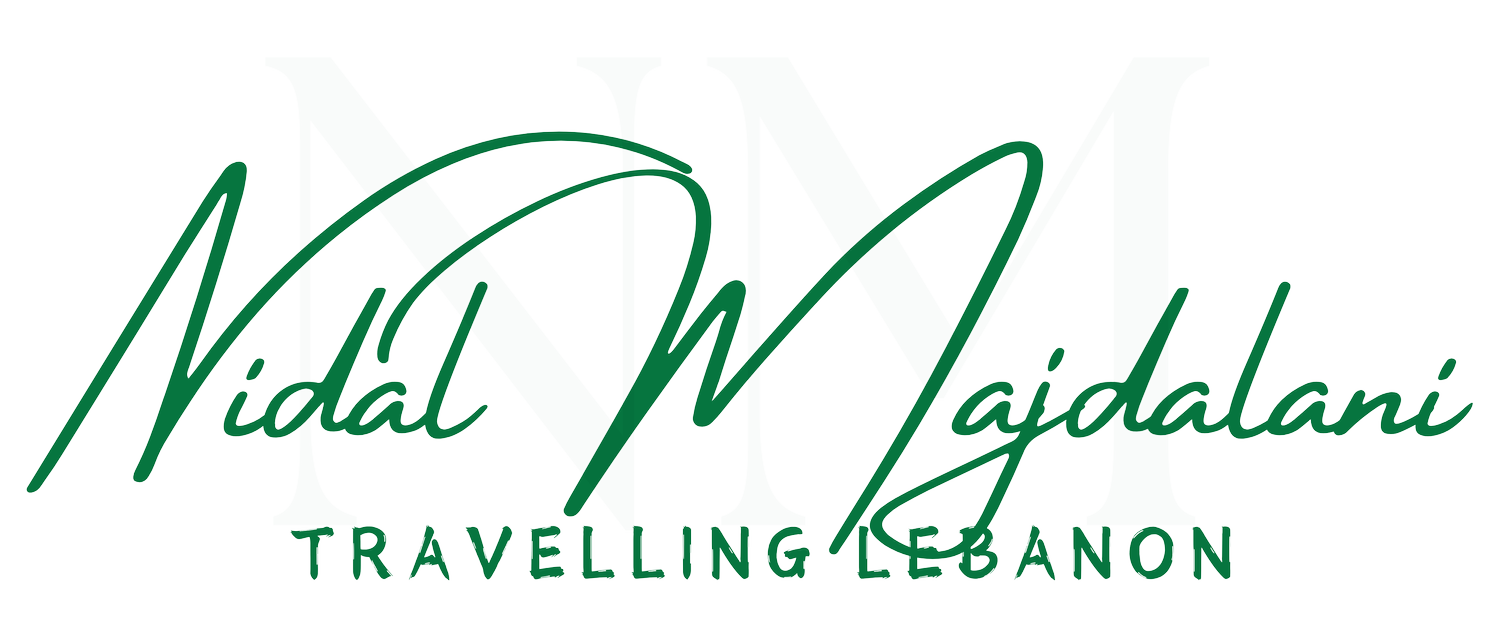Unveiling Anjar: The Umayyad Jewel of Lebanon
One of the most beautiful road trips at this time of year is a journey to the Bekaa Valley, starting the day with a traditional breakfast made from the dairy products of its valleys, especially the renowned fresh cheese (qareeshah) and honey. From there, you can head to the Baalbek Citadel, Niha, or enjoy a walk through the Ammiq Wetlands, eventually reaching Qaraoun or Rachaya Al Wadi. The Bekaa is rich with castles, historical sites, breathtaking nature, and abundant agriculture, offering countless places to explore.
A Glimpse of Anjar: Where History and Culture Converge
Amid all the Bekaa’s wonders, Anjar stands out for its vibrant tapestry of heritage and community life. Located around 58 km east of Beirut, close to the Syrian border, Anjar is also known as Housh Mousa and is predominantly inhabited by Armenians who have significantly influenced its modern character. Tourists often flock here for the historic citadel and the array of restaurants serving a unique fusion of Lebanese and Armenian cuisine—fresh trout is a highlight on most menus.
The name Anjar traces back to a spring once called “Ain Jarra,” harking back to an ancient Hellenistic city known as Jarra. However, the Anjar ruins we recognize today was founded in the early 8th century AD by the Umayyad Caliph Al-Walid ibn Abdul Malik. He commissioned Byzantine architects skilled in Roman and Greek decorative arts, leading to a city distinguished by its grand columns, capitals, and other repurposed remnants from nearby Roman and Byzantine sites. Strategically placed, Anjar served as a vital link between the coast, Damascus’s Ghouta, northern Syria, and northern Palestine. Its golden age, however, was short-lived. Following Al-Walid’s death and ensuing power struggles, the city declined within a few decades and lay in ruins by the 14th century, its remains gradually sinking into marshland. Anjar’s resurrection began in 1948 with the efforts of the Directorate General of Lebanese Antiquities, which initiated excavations and restoration projects.
Echoes of an Umayyad Past and a UNESCO World Heritage Site
Anjar’s uniqueness lies in its status as one of Lebanon’s few remaining Umayyad sites, joined only by the historic Baalbek Mosque in that distinction. Listed as a UNESCO World Heritage Site in 1984, it stands out from ancient coastal cities like Tyre, Sidon, and Byblos, all of which boast a continuous historical presence. Anjar, by contrast, had a fleeting brilliance that lasted mere decades. Yet what remains today still reveals the careful urban planning of its founders—a rectangular layout featuring a bustling marketplace, steam baths, a mosque, a palace, and a central courtyard.
Revival Through Armenian Resilience
The town’s modern revival is inextricably linked to the arrival of about five thousand Armenian refugees in 1939 from Turkey, specifically from Iskenderun and Mount Moussa. They arrived to face severe hardships—living in tents, battling malaria, and relying on international donations. Over time, they purchased land, built permanent homes, and named neighborhoods after the villages they had left behind, weaving their ancestral legacy into the fabric of Anjar. Today, this spirited Armenian community continues to shape the town’s cultural and social life.
Among the town's notable landmarks is the Saint Poghos Church for the Greek Orthodox, one of the city's most prominent churches. It features a memorial combining the sword and the cross in honor of the Armenian martyrs. The stone was brought from Armenia and crafted by an Armenian sculptor who came to Anjar specifically to complete it.
One of the most significant traditions upheld here is the commemoration of Armenian martyrs on the night of September 14, coinciding with the Feast of the Cross. This solemn yet unifying practice resonates across Armenian communities worldwide. In Anjar, it unfolds as an overnight vigil, often at Saint Paul’s Orthodox Church, with families cooking large pots of harissa (creamy cracked wheat porridge with chicken or meat) over wood fires—no fewer than forty pots are prepared. At sunrise, the bishop leads the Divine Liturgy, blesses the food, and distributes it among the gathered crowds.
Nature’s Bounty and a Sunset Farewell
Amid its layers of heritage, Anjar is equally blessed by nature. Two flowing springs—Anjar Spring and Shamsine Spring—feed into the Litani River, lending verdant life to the surrounding countryside. The local municipality champions several environmental initiatives, including reforestation programs and the creation of nature reserves and bird sanctuaries, ensuring that Anjar’s ecological wealth remains intact for future generations.
The day here ends with an unforgettable sunset, bathing the archaeological ruins and the lush landscape in golden light. It’s the perfect finale to a journey that spans centuries of layered history, cultural resilience, and natural splendor. Anjar has a way of etching itself into your memory, reminding you that even a city with a fleeting past can offer profound discoveries to those who wander its paths. I look forward to sharing more adventures from Lebanon’s hidden gems soon. Until then, let your travels be as rich and evocative as the stories found in Anjar’s timeless streets.
About Nidal Majdalani
Nidal Majdalani is a renowned travel writer, tourism expert, photographer, and explorer, celebrated for her vivid storytelling and passion for Lebanon’s exploration through her “Travelling Lebanon” initiative since 2010, supporting local communities. With over a decade of experience capturing Lebanon’s natural, cultural, historical, and culinary treasures, she is also the sole author of the Lebanon guide for Lonely Planet’s Middle East book- 2025. Through her journeys, Nidal invites readers to see Lebanon through her words and lens, showcasing its hidden gems while curating one-of-a-kind itineraries for unforgettable experiences.
Copyright Notice and Sharing Policy
All content, including photographs and articles, is protected under copyright and is not permitted for business or commercial use. Photographs may be reposted on social media platforms only with proper credit and by tagging Nidal Majdalani’s social media accounts. Articles may be shared in their original form but cannot be copied, reproduced, or republished without prior written permission.























